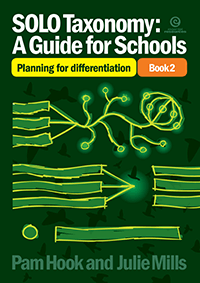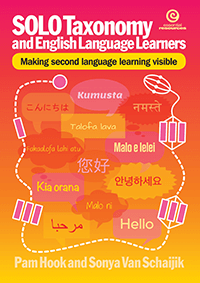
SOLO Taxonomy: A Guide for Schools Book 1
A common language
|
AUD incl GST
|
Add to cart | |
| or more | each |






